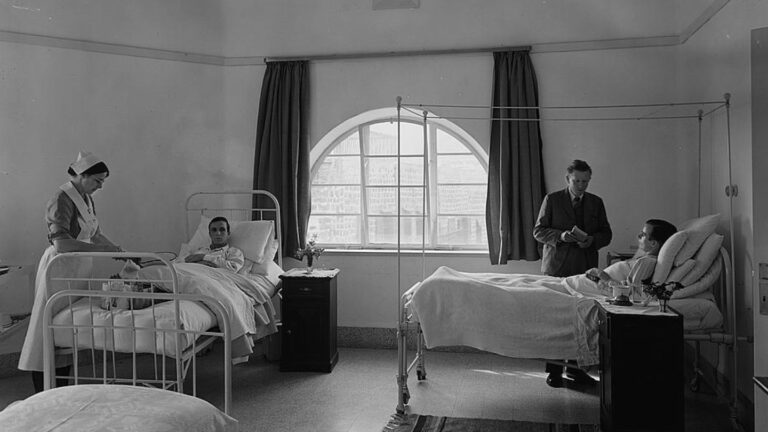In the heart of Jerusalem’s German Colony, adjacent to the bustling First Station dining and leisure complex, stands a highly secured historic structure whose manicured lawn and vaulted halls are not open to the general public.
This is power substation “Heh” (#5) on Derech Beit Lechem (Bethlehem Road), property of the Israel Electric Corporation (IEC). Its history is inextricably bound together with that of the modern State of Israel.
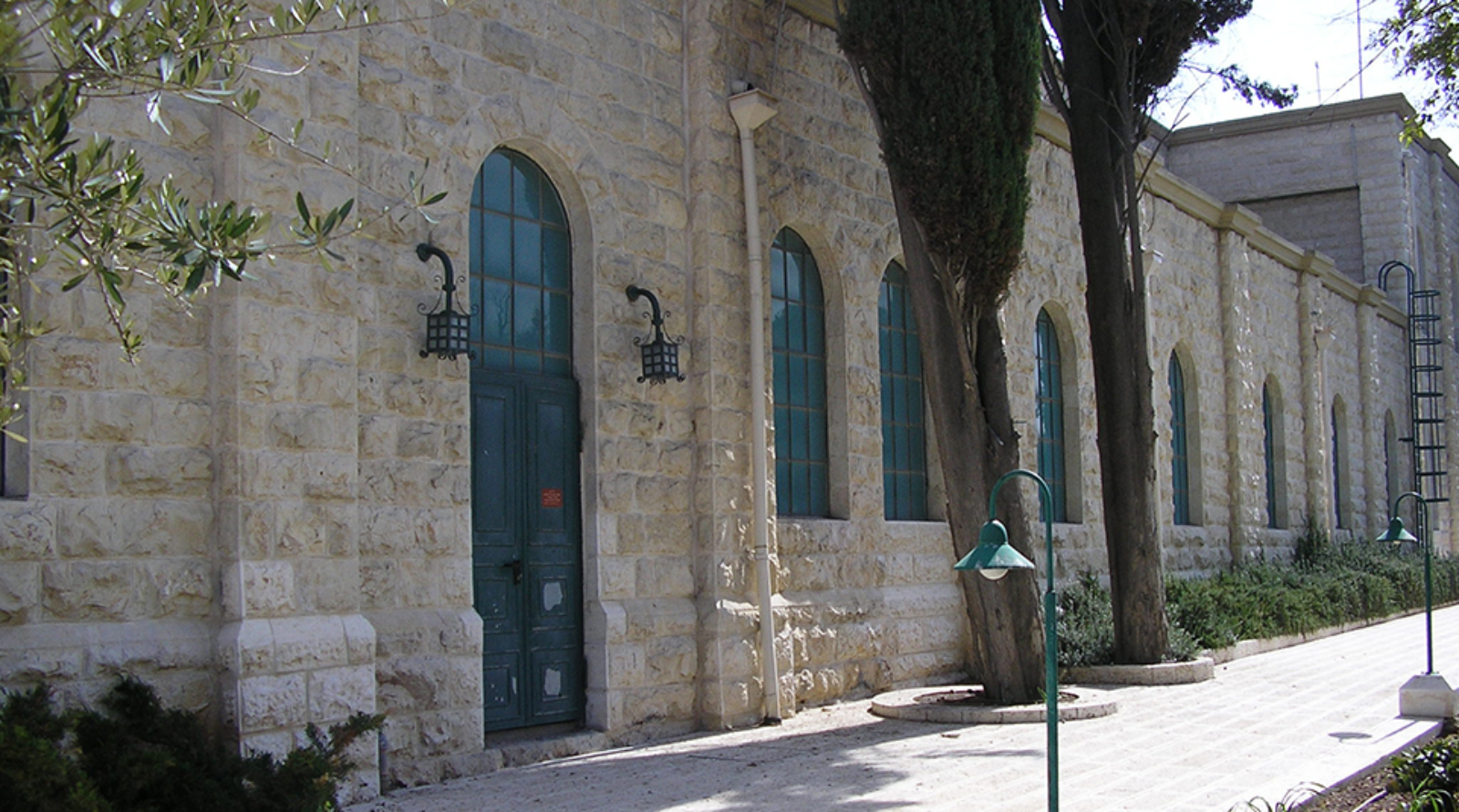
With the fall of the Ottoman Empire and the British Empire’s conquest of Jerusalem in 1917, visionary electrical engineer and powerhouse Zionist leader Pinhas Rutenberg spearheaded a plan for comprehensive electrification of the pre-State Yishuv.
Rutenberg’s plan began coming to fruition in the early 1920s. But bringing electric power to the Holy City would be a different story.
At the turn of the century, certain buildings in Jerusalem already had electricity. As summarized in the book The Politics of Jerusalem Since 1967 by Michael Dumper, “The first electric lights and generators were installed in Jerusalem at the turn of the century. Private institutions such as the Notre Dame Hostel, the Augusta Victoria Hospital, the Dominican Institute, and a Palestinian Arab pharmacy and hotel bought their own generators and fittings.”
Generators were also used to power the first moving picture houses in Jerusalem in 1910 and in Tel Aviv in 1912.
Towards the end of the Ottoman regime, the Turkish-controlled Jerusalem City Council began considering bringing in foreign companies to provide electrical lights and tramways. On January 27, 1914, the council granted the concessions for the supply of water, electricity and construction of a tramway system to a Greek citizen. When that man died, the concessions passed to another Greek citizen, entrepreneur Euripides Mavromatis.
Mavromatis was to provide electrical power to Jerusalem and other localities within a radius of 20 kilometers from the dome of the Church of the Holy Sepulcher. However, work had not begun by the end of the war, and Palestine passed from Ottoman to British hands.
Power plant construction gets underway in 1929
On September 12, 1921, the British Mandate granted Rutenberg’s Jaffa Electric Company a 70-year concession to generate electricity from the water of the Auja(Yarkon)River for the Jaffa administrative district.
Mavromatis challenged the concession, claiming it would interfere with supplying power to his own concession. With the support of the Greek government, in 1924, he brought his suit to the International Court of Justice in The Hague.
The court ruled in Mavromatis’ favor, leaving Jerusalem the only part of Mandatory Palestine not supplied by Rutenberg’s ever-expanding roster of power plants.
In 1926, the British Mandate granted Mavromatis’ Jerusalem Electric Corporation permission to construct a power station and network to supply electricity to Jerusalem.
In 1928, Mavromatis sold his 60-year concession to British engineering company Balfour Beatty. In 1929, construction of the long-awaited power station – now renamed the Jerusalem Electric & Public Service Corporation– finally commenced on Bethlehem Road.
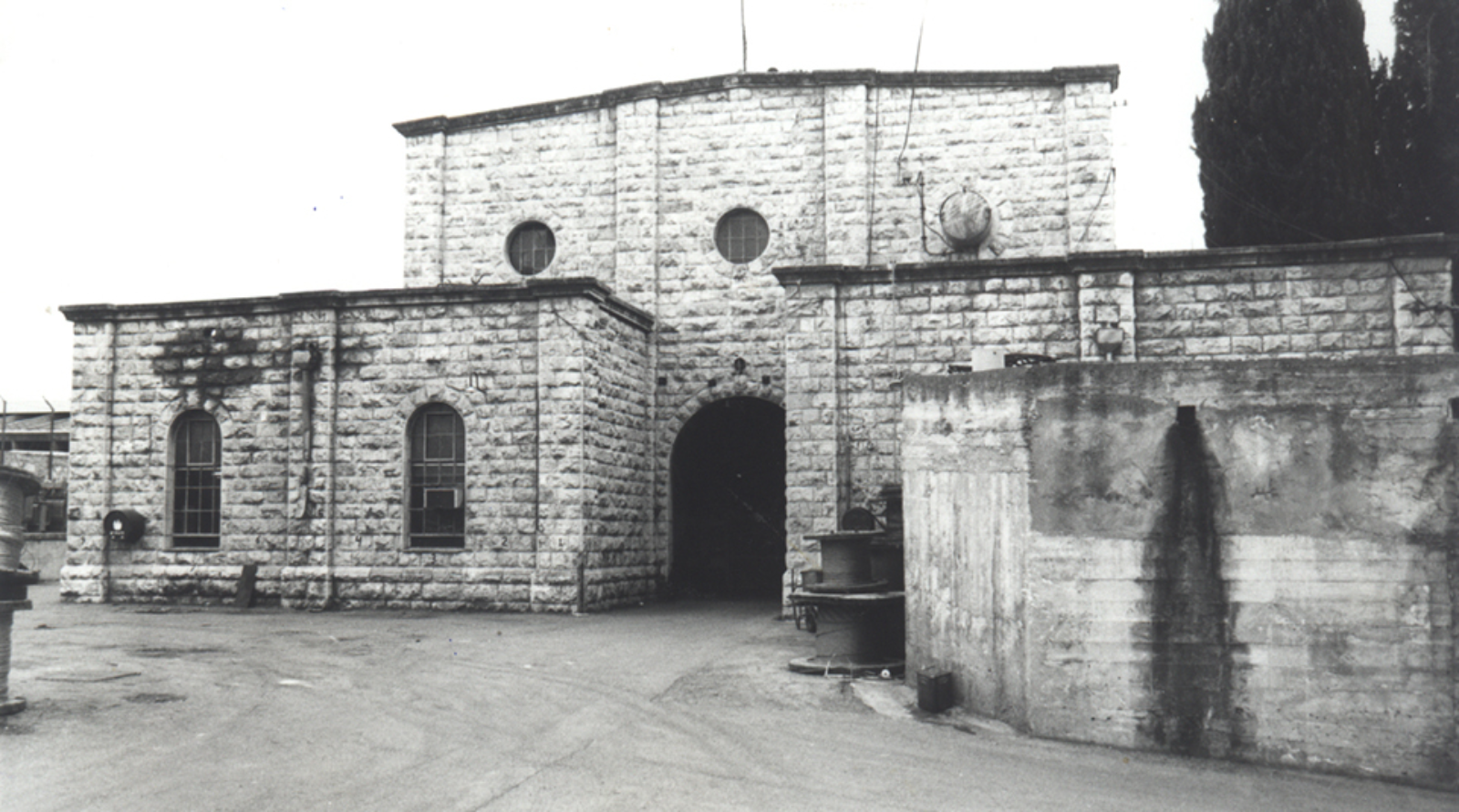
The power plant, built of roughly worked limestone in a combined modernist and orientalist style, was designed by British-trained architect Benjamin Chaikin. He created many of the city’s important buildings, including the Einstein institute of Mathematics and the open-air Ma’alot Theater at the Hebrew University’s Mount Scopus campus.
Chaikinco-designed the King David Hotel, whose arched entranceway and windows closely resemble those of the power plant.
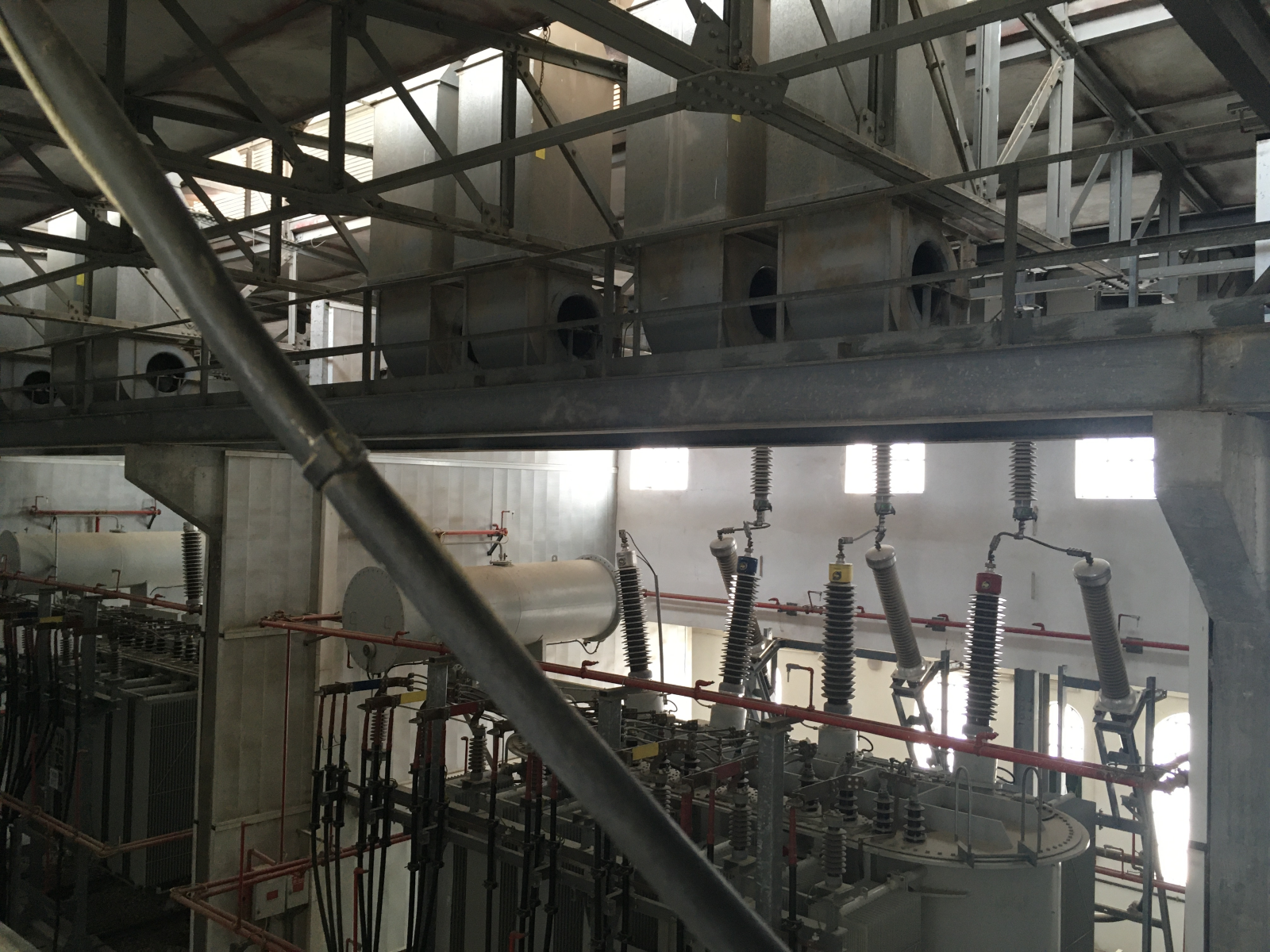
The top of the high central hall was lined with small windows to allow in light. But during the tumultuous years preceding the 1948 War of Independence, the windows were sealed with concrete for protection.
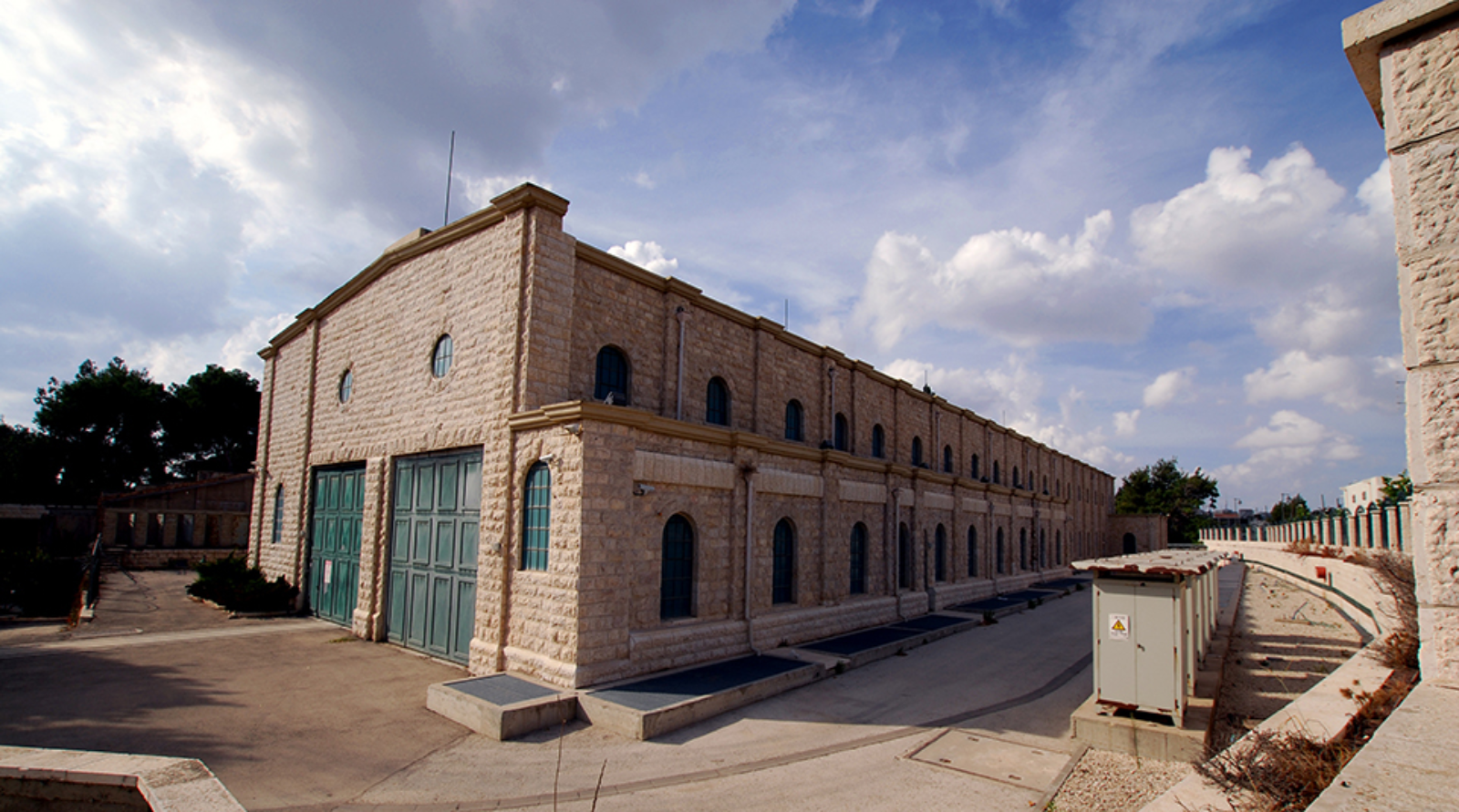
Coal-fired plant
At its peak, the coal-fired plant generated 11 megawatts of power (as compared with today’s capacity of 2,590 MW at the Orot Rabin power station in Hadera and 2,250MW at the Rutenberg power station in Ashkelon). But this was at a time when Jerusalem’s citizenry had to be convinced to use electricity.
In 1942, to meet the growing power demands of the city, the Mandatory government requested that Rutenberg’s Palestine Electric Company take over the responsibility for supplying electricity to Jerusalem.
After 1948 and the division of Jerusalem, the plant – which was in the western part of the city – continued to supply Israeli-held parts of Jerusalem. East Jerusalem under Jordanian control was supplied by the Jerusalem Electric Company (now the Palestinian-owned Jerusalem District Electricity Company).
In 1954, the Israel Electric Corporation purchased the concession as it applied to Israeli-held territory from Balfour Beatty. The Bethlehem Road power station continued to operate until the early 1960s when, with the entry of more modern plants, the station switched to an emergency format. In the late 1980s, the building was abandoned and fell into disrepair.
Between 1990 and 1997, the building underwent extensive renovation by IEC, in conjunction with a massive infrastructure project to lay a160-volt underground electrical cable to supply additional power to the city center. Today, the technologically sophisticated plant runs on clean liquid natural gas (LNG) fuel and serves an active substation.
The historic building opened its gates to the public on November 1 during Open House Jerusalem and courtesy of IEC, which has also launched a Hebrew-language podcast about its history.




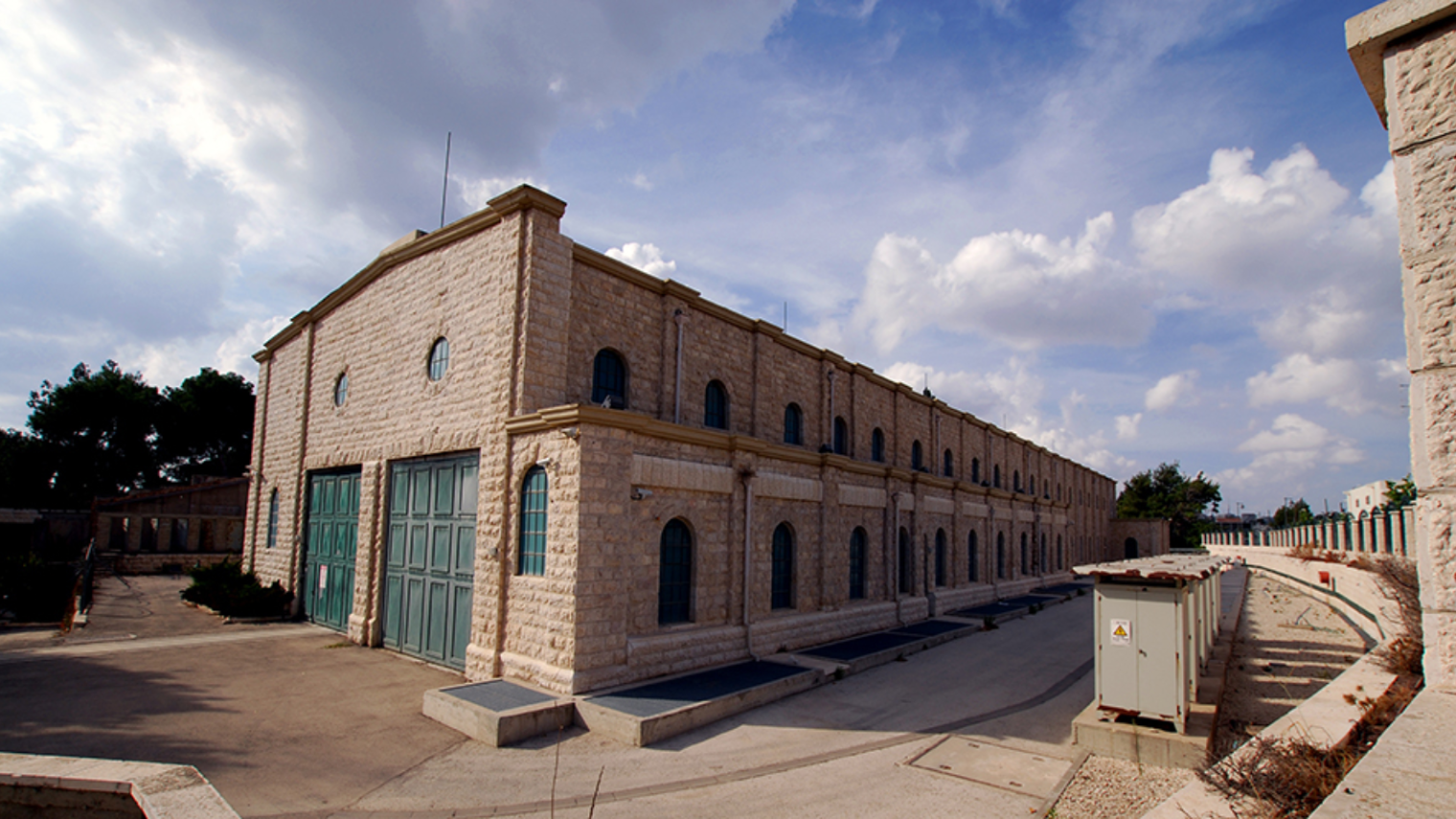








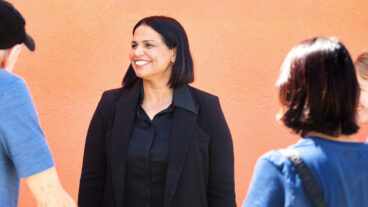

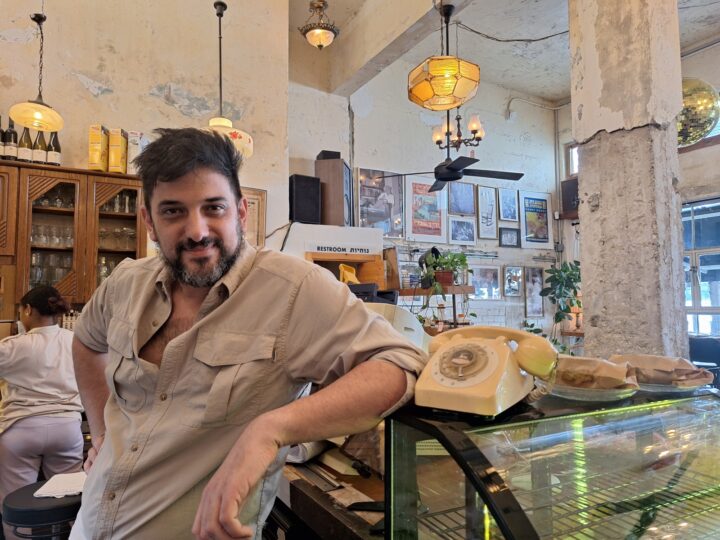
![Elections 1977 – Likud posters] In 1977, Menahem Begin led an election upset as Israel’s first non-Labor prime minister. Credit: GPO Elections 1977 – Likud posters] In 1977, Menahem Begin led an election upset as Israel’s first non-Labor prime minister. Credit: GPO](https://static.israel21c.org/www/uploads/2019/09/Elections_1977___Likud_posters_-_GPO-768x432.jpg)
